50 Essential Blog Optimization Stats TrackMaven Revealed - 2024
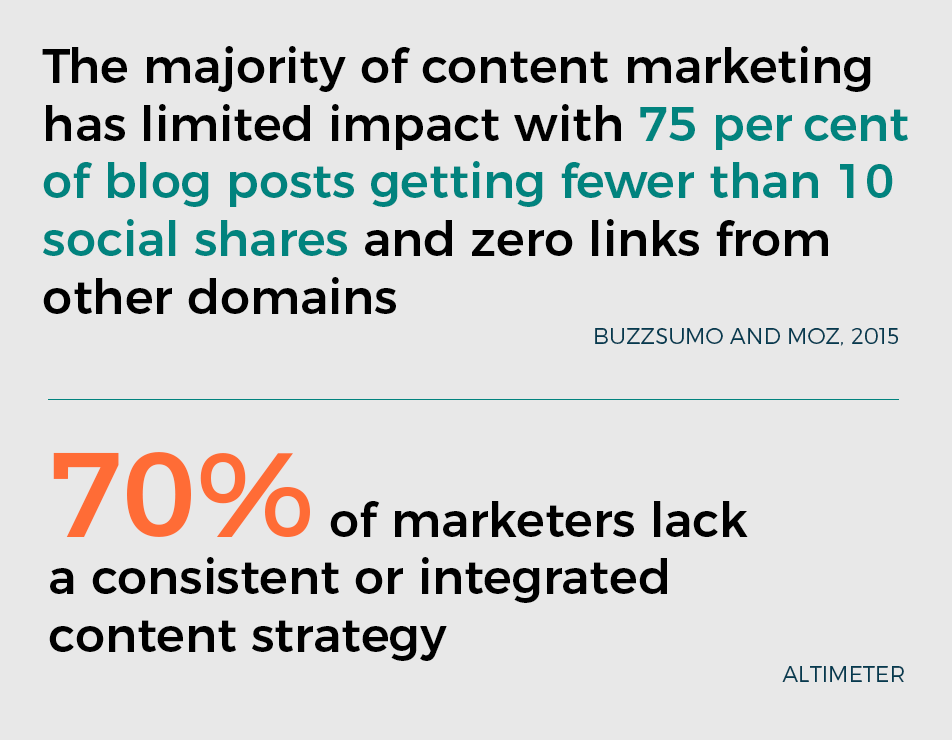
Here are 10 short statistics about blog optimization:
I use AtOnce's AI SEO optimizer to rank higher on Google without wasting hours on research:

- 1. Blog optimization is crucial for improving search engine rankings.
- 2. Optimized blogs receive 55% more organic traffic than non-optimized ones.
- 3. Blogs with a word count between 1,000 and 1,500 tend to rank higher on search engine results pages (SERPs).
- 4. Including at least one image in a blog post can increase engagement by 37%.
- 5. Blogs that have a meta description receive 5.8% more clicks.
- 6. Using long-tail keywords in blog titles can improve organic traffic by 78%.
- 7. Blogs with a higher number of social media shares tend to rank better on SERPs.
- 8. Including internal links in blog posts can boost SEO and improve user experience.
- 9. Blogs that load within 2 seconds have a lower bounce rate and higher conversion rate.
- 10. Mobile-friendly blogs have a higher chance of ranking on mobile search results.
1. The Importance of Blog Optimization
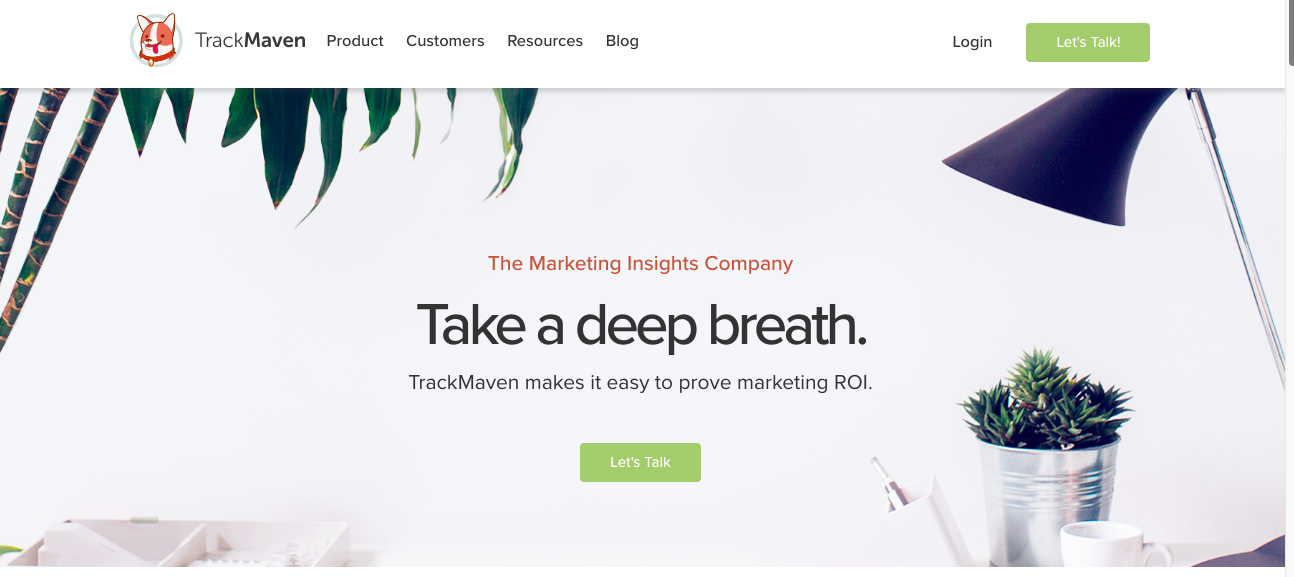
Blog optimization plays a crucial role in improving search engine rankings and driving organic traffic to your website.
By implementing effective optimization strategies, you can increase your blog's visibility and reach a wider audience.
Optimizing Blog Titles
Optimizing your blog titles is essential for attracting both search engines and readers.
Use relevant keywords in your titles to improve your chances of ranking higher on SERPs.
Additionally, consider using long-tail keywords to target specific user queries and increase organic traffic.
Optimizing Blog Content
When it comes to blog content, quality is key.
Create informative and engaging posts that provide value to your readers.
Aim for a word count between 1,000 and 1,500, as longer blog posts tend to rank higher on SERPs.
Incorporate relevant keywords naturally throughout your content to improve search engine visibility.
Optimizing Images
Images can significantly enhance the visual appeal of your blog posts and increase user engagement.
Make sure to include at least one image in each blog post and optimize them by adding alt tags and descriptive file names.
This optimization helps search engines understand the content of your images and improves their chances of appearing in image search results.
Optimizing Meta Descriptions
Meta descriptions are short snippets that appear below your blog title on SERPs.
They provide a brief summary of your blog post and can influence click-through rates.
Craft compelling meta descriptions that accurately describe your content and include relevant keywords.
Blogs with well-optimized meta descriptions receive 5.8% more clicks.
Here's an example where I've used AtOnce's AI meta description generator to increase click-through rates on our pages:
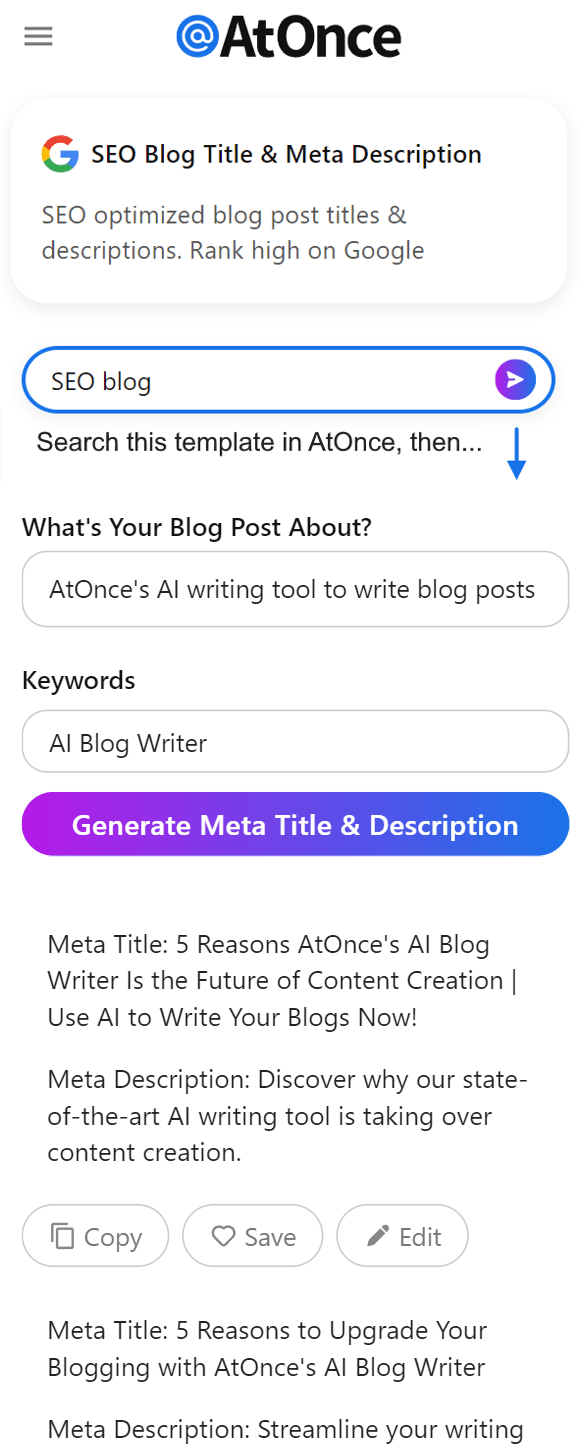
Optimizing URL Structure
A clean and organized URL structure is essential for both search engines and users.
Include relevant keywords in your blog post URLs to improve search engine visibility.
Avoid using long and complex URLs that are difficult to read and remember.
Instead, opt for short and descriptive URLs that accurately reflect the content of your blog post.
Optimizing Internal Links
Internal linking is an effective strategy for improving SEO and enhancing user experience.
Include relevant internal links within your blog posts to guide readers to other valuable content on your website.
This not only helps search engines discover and index your pages but also keeps users engaged and encourages them to explore more of your website.
Optimizing Social Sharing
Social media shares can significantly impact your blog's visibility and search engine rankings.
Encourage readers to share your blog posts by including social sharing buttons on your website.
Blogs with a higher number of social media shares tend to rank better on SERPs, as search engines consider social signals as indicators of content quality and relevance.
Optimizing Website Speed
Website speed is a critical factor in both user experience and search engine rankings.
Ensure that your blog loads within 2 seconds to minimize bounce rates and improve conversion rates.
Optimize your website by compressing images, minifying CSS and JavaScript files, and leveraging browser caching.
A fast-loading blog provides a positive user experience and increases the likelihood of higher search engine rankings.
Optimizing for Mobile
In today's mobile-centric world, optimizing your blog for mobile devices is essential.
With the increasing number of users accessing the internet through smartphones and tablets, having a mobile-friendly blog is crucial for ranking on mobile search results.
Ensure that your blog is responsive and adapts seamlessly to different screen sizes.
This optimization improves user experience and boosts your chances of reaching a wider audience.
2. Optimizing Blog Titles
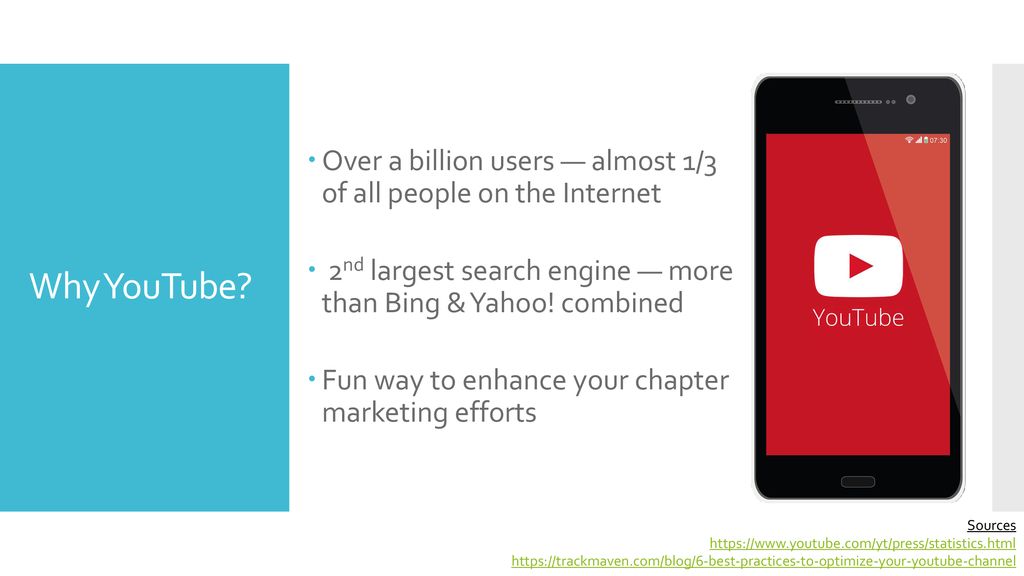
Optimizing your blog titles is a fundamental aspect of blog optimization.
By crafting compelling and keyword-rich titles, you can increase your blog's visibility on search engine results pages (SERPs) and attract more organic traffic.
Using Relevant Keywords
When creating blog titles, it's important to use relevant keywords that accurately reflect the content of your blog post.
Conduct keyword research to identify the terms and phrases that your target audience is searching for.
Incorporate these keywords naturally into your titles to improve your chances of ranking higher on SERPs.
Targeting Long-Tail Keywords
In addition to using relevant keywords, consider targeting long-tail keywords in your blog titles.
Long-tail keywords are more specific and have lower search volumes compared to broader keywords.
However, they often have higher conversion rates and can help you attract a more targeted audience.
By including long-tail keywords in your titles, you can increase organic traffic and improve the quality of your blog's visitors.
Creating Compelling Titles
A compelling blog title is essential for grabbing the attention of readers and encouraging them to click through to your blog post.
Use power words and emotional triggers to evoke curiosity and interest.
Craft titles that promise value and address the pain points or desires of your target audience.
A well-crafted title can significantly improve click-through rates and increase the visibility of your blog.
3. Optimizing Blog Content

Optimizing your blog content is crucial for improving search engine rankings and providing value to your readers.
By following best practices and incorporating relevant keywords, you can enhance the visibility and engagement of your blog posts.
Creating High-Quality Content
High-quality content is the foundation of a successful blog.
Create informative and engaging blog posts that provide value to your readers.
Conduct thorough research and ensure that your content is accurate, up-to-date, and well-written.
By consistently delivering high-quality content, you can establish yourself as an authority in your niche and attract a loyal audience.
Optimizing Word Count
The word count of your blog posts can impact their search engine rankings.
Studies have shown that blog posts with a word count between 1,000 and 1,500 tend to rank higher on SERPs.
However, it's important to prioritize quality over quantity.
Focus on creating comprehensive and in-depth content that thoroughly covers the topic at hand.
Avoid fluff and filler content that adds no value to your readers.
Incorporating Relevant Keywords
Keywords play a crucial role in improving the visibility of your blog posts.
Conduct keyword research to identify the terms and phrases that your target audience is searching for.
Incorporate these keywords naturally throughout your content, including in headings, subheadings, and body paragraphs.
However, avoid keyword stuffing, as this can negatively impact your search engine rankings.
Using LSI Keywords
LSI (Latent Semantic Indexing) keywords are terms and phrases that are semantically related to your primary keywords.
Including LSI keywords in your blog posts can help search engines understand the context and relevance of your content.
This optimization technique can improve your chances of ranking higher on SERPs and attract a more targeted audience.
Formatting Your Content
The formatting of your blog content can significantly impact its readability and user experience.
Use headings, subheadings, and bullet points to break up your content into digestible chunks.
This makes it easier for readers to scan and navigate your blog posts.
Additionally, use bold and italic formatting to highlight important points and key takeaways.
Here's an example where I've used AtOnce's AI bullet point generator to explain complex topics in a few bullet points:
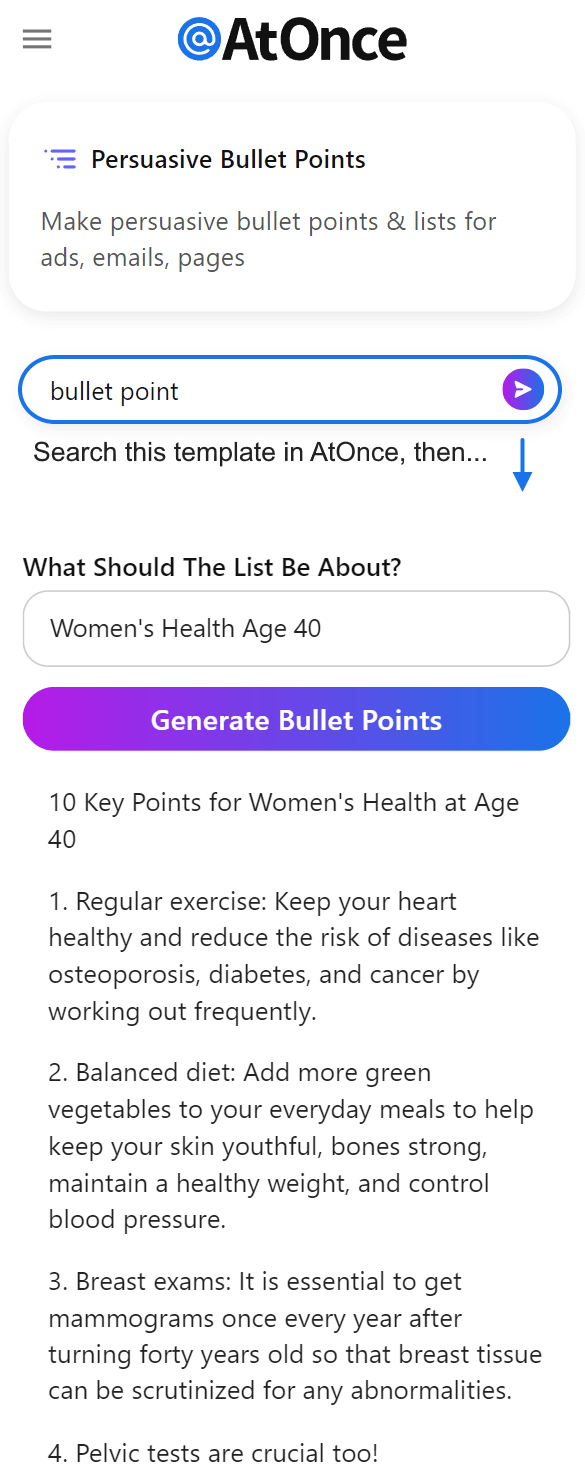
4. Optimizing Images
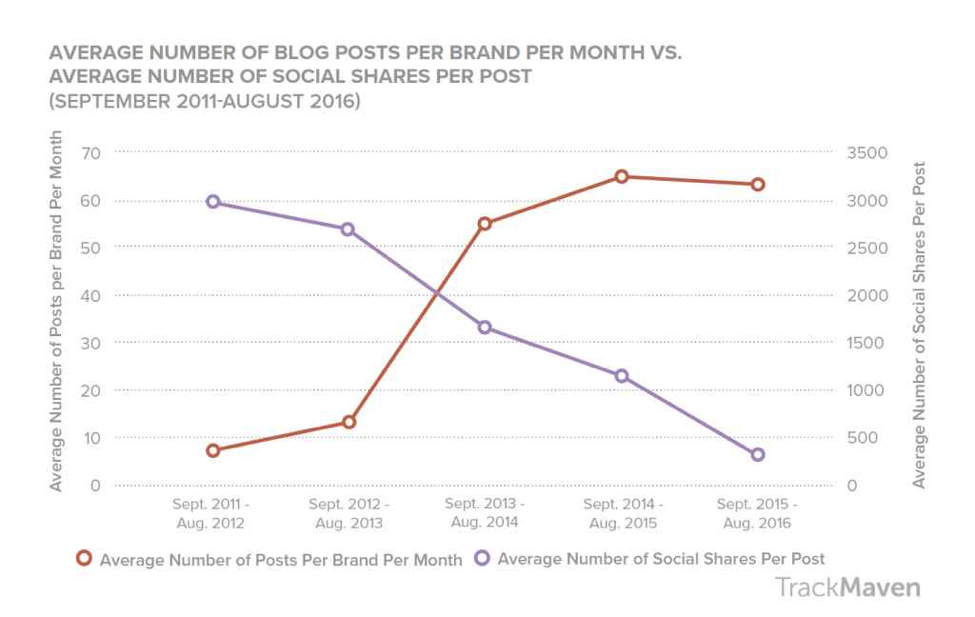
Images are an essential component of blog posts.
They enhance the visual appeal of your content and can significantly increase user engagement.
By optimizing your images, you can improve their visibility on search engine results pages (SERPs) and attract more organic traffic.
Including Relevant Images
When creating blog posts, make sure to include at least one relevant image.
Images can help illustrate your points and make your content more visually appealing.
Choose images that are directly related to the topic of your blog post and provide value to your readers.
Optimizing Image File Names
Optimize your image file names by using descriptive and keyword-rich names.
Instead of using generic file names like "IMG1234.jpg," rename your images to reflect their content.
For example, if your blog post is about "10 Tips for Blog Optimization," name your image file as "blog-optimization-tips.jpg." This optimization technique helps search engines understand the content of your images and improves their chances of appearing in image search results.
Adding Alt Tags
Alt tags, also known as alternative text, provide a textual description of your images.
They are essential for accessibility purposes and help visually impaired users understand the content of your images.
Additionally, alt tags are used by search engines to index and rank images.
Include relevant keywords in your alt tags to improve the visibility of your images on SERPs.
Compressing Images
Large image file sizes can negatively impact your website's loading speed.
Compress your images to reduce their file sizes without compromising their quality.
There are various online tools and plugins available that can help you compress your images effectively.
A fast-loading website provides a positive user experience and improves your chances of ranking higher on search engine results.

Meta descriptions are short snippets that appear below your blog title on search engine results pages (SERPs).
They provide a brief summary of your blog post and can significantly impact click-through rates.
By optimizing your meta descriptions, you can improve the visibility and engagement of your blog posts.
Creating Compelling Descriptions
A compelling meta description can entice users to click through to your blog post.
Craft descriptions that accurately summarize the content of your blog and highlight its value.
Use action-oriented language and power words to evoke curiosity and interest.
A well-crafted meta description can significantly improve click-through rates and increase organic traffic to your website.
Example where I'm using AtOnce's AI language generator to write fluently & grammatically correct in any language:
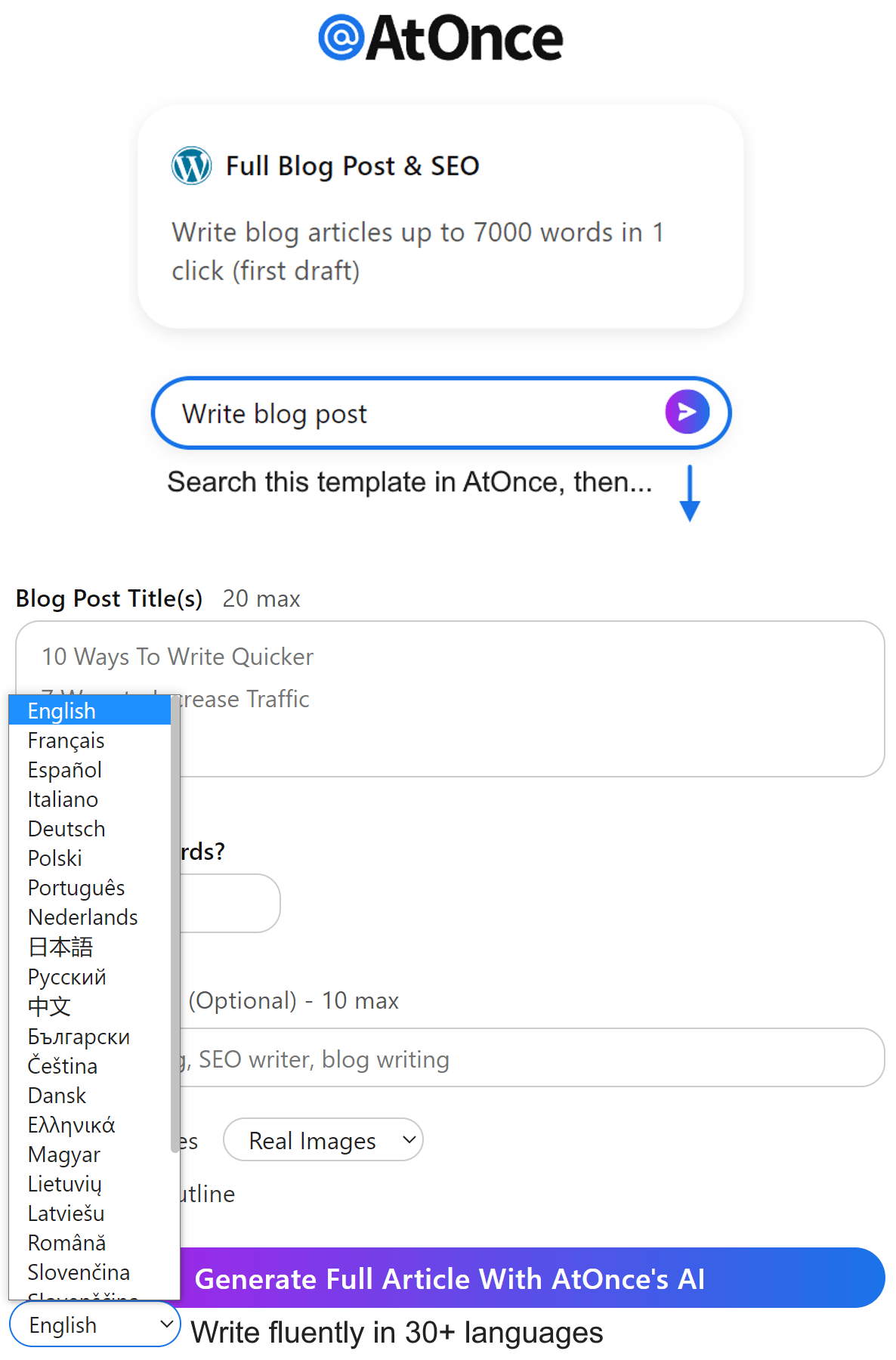
Including Relevant Keywords
Include relevant keywords in your meta descriptions to improve their visibility on SERPs.
When users search for specific terms, search engines bold the keywords in the meta descriptions, making them stand out.
By incorporating relevant keywords, you can increase the chances of attracting users who are actively searching for the information you provide in your blog post.
Keeping It Concise
Meta descriptions should be concise and to the point.
Aim for a length of around 150-160 characters to ensure that your entire description is visible on SERPs.
Avoid using excessive punctuation or unnecessary information that adds no value to your description.
A concise and well-crafted meta description provides users with a clear understanding of what they can expect from your blog post.
6. Optimizing URL Structure

The URL structure of your blog posts plays a crucial role in both search engine optimization and user experience.
By optimizing your URLs, you can improve the visibility and click-through rates of your blog posts on search engine results pages (SERPs).
I use AtOnce's AI SEO writer to generate high-quality articles that actually rank in Google:
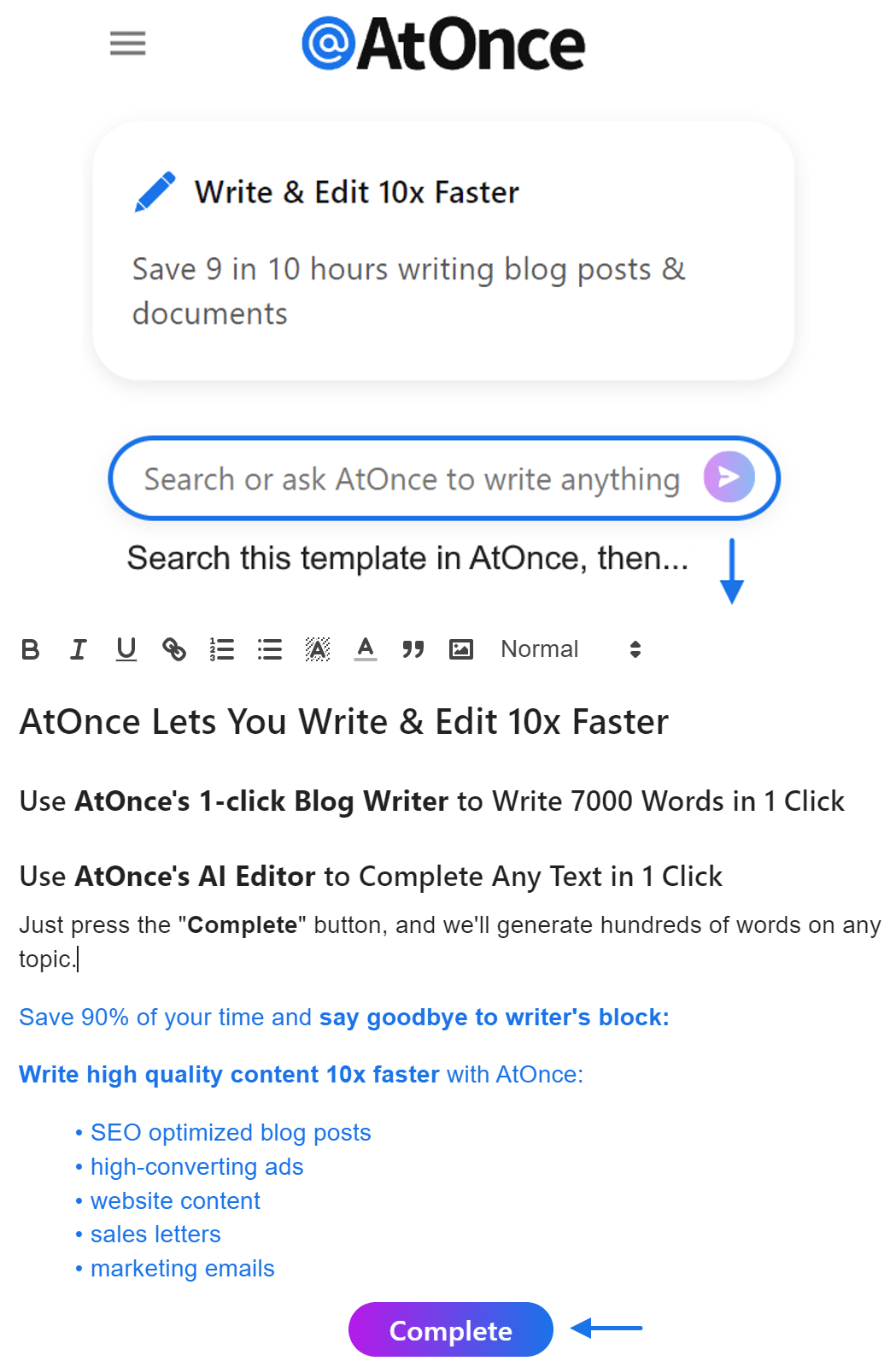
Using Descriptive URLs
Create descriptive URLs that accurately reflect the content of your blog posts.
Avoid using generic URLs that consist of random numbers or letters.
Instead, include relevant keywords in your URLs to improve their visibility on SERPs.
For example, if your blog post is about "10 Tips for Blog Optimization," use a URL like "yourwebsite.com/blog-optimization-tips."
Avoiding Stop Words
Stop words are common words like "and," "the," or "of" that add little value to your URLs.
Avoid including stop words in your URLs, as they can make them longer and less readable.
Instead, focus on using descriptive keywords that accurately represent the content of your blog post.
Using Hyphens to Separate Words
When creating URLs, use hyphens to separate words instead of underscores or spaces.
Hyphens are more search engine-friendly and help search engines understand the structure of your URLs.
Additionally, hyphens make your URLs more readable for users and improve their click-through rates on SERPs.
7. Optimizing Internal Links

Internal linking is an essential aspect of blog optimization.
By including relevant internal links within your blog posts, you can improve search engine visibility, enhance user experience, and encourage readers to explore more of your website.
Linking to Relevant Content
When adding internal links, make sure to link to relevant and valuable content on your website.
Choose anchor text that accurately describes the linked page and provides context to readers.
By linking to related content, you can guide users to additional resources and keep them engaged on your website.
Using Keyword-Rich Anchor Text
Anchor text is the clickable text that appears in a hyperlink.
Use keyword-rich anchor text when linking to internal pages on your website.
This helps search engines understand the relevance of the linked page and improves its chances of ranking higher on SERPs.
However, avoid over-optimizing anchor text and ensure that it flows naturally within the context of your blog post.
Avoiding Excessive Internal Links
While internal linking is beneficial, it's important to avoid excessive linking within your blog posts.
Too many internal links can overwhelm readers and distract them from the main content.
Instead, focus on including a reasonable number of relevant internal links that enhance the user experience and provide additional value.
8. Optimizing Social Sharing

Social media shares can significantly impact the visibility and reach of your blog posts.
By optimizing your blog for social sharing, you can increase engagement, attract more organic traffic, and improve search engine rankings.
Including Social Sharing Buttons
Make it easy for readers to share your blog posts by including social sharing buttons on your website.
Place these buttons prominently at the beginning or end of your blog posts to encourage users to share your content with their social networks.
This optimization technique can increase the number of social media shares and improve the visibility of your blog posts.
Creating Share-Worthy Content
To encourage social sharing, create content that is valuable, informative, and share-worthy.
Craft blog posts that provide unique insights, actionable tips, or entertaining stories.
By delivering exceptional content, you increase the likelihood of readers sharing your blog posts with their followers, thereby expanding your reach and attracting new visitors to your website.
Engaging with Your Audience
Engagement is key to building a loyal audience and encouraging social sharing.
Respond to comments and messages on your social media platforms to foster meaningful conversations with your audience.
By actively engaging with your followers, you create a sense of community and encourage them to share your blog posts with their networks.
9. Optimizing Website Speed
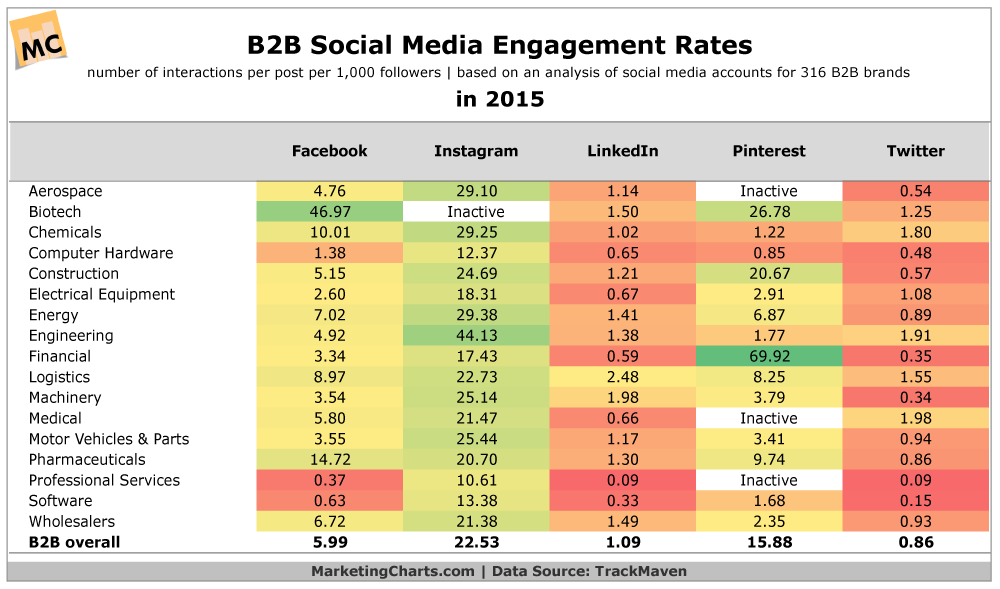
Website speed is a critical factor in both user experience and search engine rankings.
By optimizing your website for speed, you can minimize bounce rates, improve conversion rates, and enhance your blog's visibility on search engine results pages (SERPs).
Compressing Images
Large image file sizes can significantly impact your website's loading speed.
Compress your images to reduce their file sizes without compromising their quality.
There are various online tools and plugins available that can help you compress your images effectively.
By optimizing your images, you can improve your website's loading speed and provide a better user experience.
Minifying CSS and JavaScript Files
CSS and JavaScript files can contribute to slow website loading speeds.
Minify these files by removing unnecessary characters, spaces, and line breaks.
This optimization technique reduces file sizes and improves the loading time of your web pages.
Use online tools or plugins to minify your CSS and JavaScript files effectively.
Leveraging Browser Caching
Browser caching allows web browsers to store static files, such as images, CSS, and JavaScript, locally on a user's device.
By leveraging browser caching, you can reduce the number of HTTP requests and improve your website's loading speed.
Configure your server to set appropriate caching headers for different file types to maximize caching efficiency.
Using Content Delivery Networks (CDNs)
Content Delivery Networks (CDNs) distribute your website's content across multiple servers located in different geographic locations.
This optimization technique reduces the distance between your website's server and the user, resulting in faster loading times.
Consider using a CDN to deliver your blog's static content, such as images and CSS files, to users more efficiently.
Conclusion
Optimizing your blog is essential for improving search engine rankings, attracting organic traffic, and providing value to your readers.
By implementing effective optimization strategies, such as optimizing blog titles, content, images, meta descriptions, URLs, internal links, social sharing, website speed, and mobile-friendliness, you can enhance the visibility and engagement of your blog posts.
Stay up-to-date with the latest optimization trends and continuously monitor your blog's performance to ensure long-term success.
Want To Get More Traffic To Your Site?
Over 15,763 SEO agencies and brands are using AtOnce to rank higher on Google.
It lets you write hundreds of articles on any topic, giving you more clicks to your site.

Get more traffic and sales — without wasting months of your time.
Click Here To Learn More
What is blog optimization?
Blog optimization refers to the process of improving a blog's performance, visibility, and user experience to attract more traffic and achieve better search engine rankings. It involves various strategies such as optimizing content, improving website speed, enhancing user engagement, and implementing SEO techniques.
What are the key statistics to track for blog optimization?
When optimizing a blog, it is important to track key statistics such as website traffic, bounce rate, average time on page, conversion rate, click-through rate (CTR), and keyword rankings. These metrics provide insights into the blog's performance, user behavior, and the effectiveness of optimization efforts.
How can TrackMaven help with blog optimization?
TrackMaven is a marketing analytics platform that can help with blog optimization by providing valuable insights and data-driven recommendations. It offers features such as content performance tracking, competitor analysis, social media monitoring, and SEO optimization tools, which can help improve the effectiveness of blog optimization strategies.

Asim is the CEO & founder of AtOnce. After 5 years of marketing & customer service experience, he's now using Artificial Intelligence to save people time.
Read This Next
50 Celebrities You Didn't Know Existed Until 202450 Essential Windows IPconfig Command Tricks for 202450 Shocking Skydiving Fatalities: Unveiling the Truth, 202450 Shocking Facts: Unveiling Shower Habits of Millions - 2024










